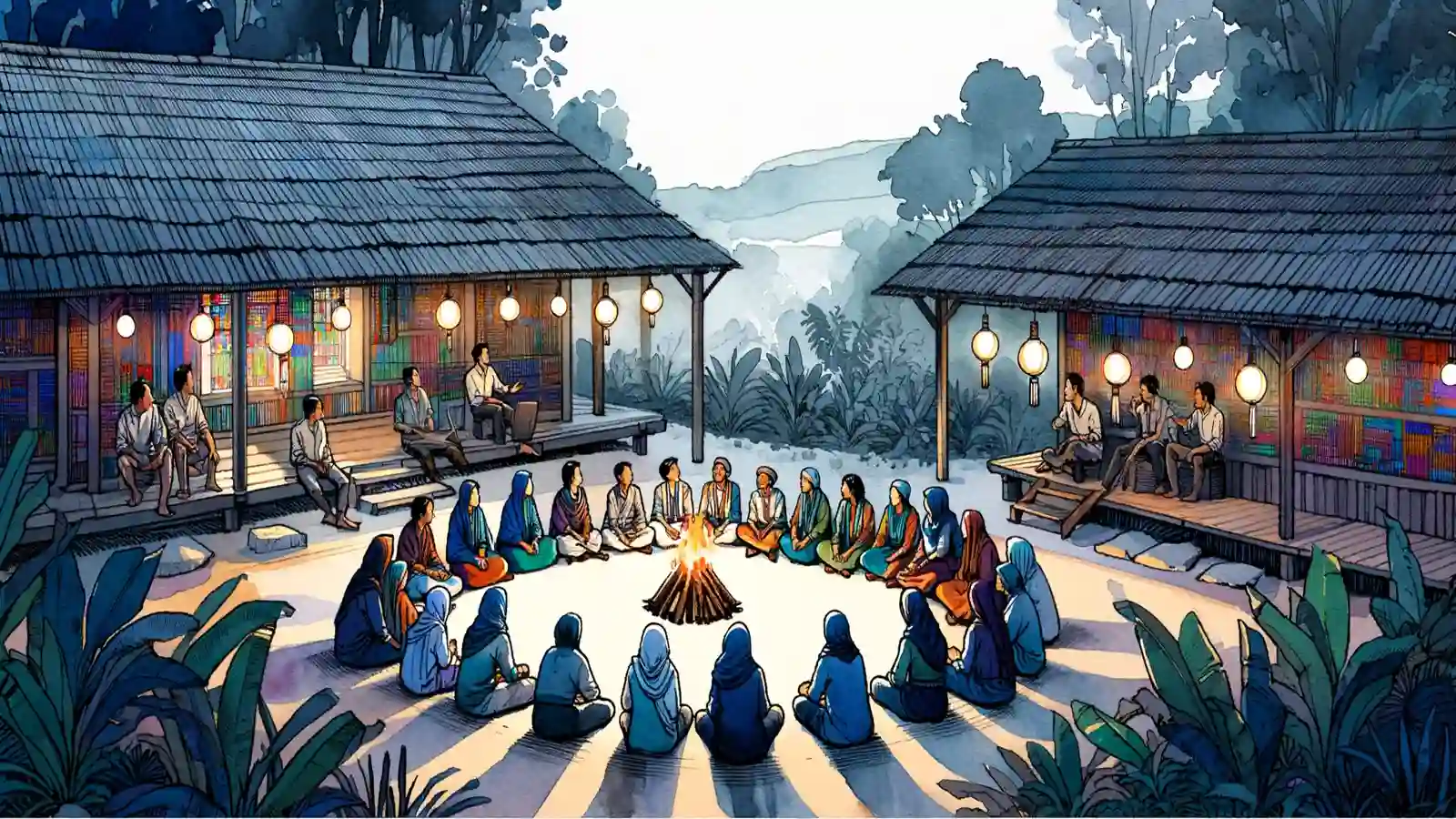Try out WriteStories free for 7 days!



.svg)
Back to blog
Blog
The Joy of Storytelling Across Cultures: What Children Can Learn

Category
General
Date
September 27, 2025
Reading time
4 min read
Author

Bob Wood
Stories are universal. Every culture, from the earliest oral traditions to today’s multimedia worlds, has used storytelling to teach, connect, and preserve meaning. But how often do we invite children to explore that diversity? In a globalized classroom—or even in a homeschooling family—introducing different storytelling traditions can deepen empathy and broaden creativity.
The Research Case
According to the Harvard Graduate School of Education’s Global Literacy Project (2022), children exposed to diverse stories develop stronger cultural awareness and are more likely to demonstrate inclusive attitudes. Exposure to different perspectives also builds higher-order literacy skills by helping students compare, contrast, and reflect on themes across narratives.
How WriteStories Can Play a Role
WriteStories provides an ideal tool for this kind of exploration. By offering picture books without words, it removes language barriers and lets children bring their own cultural lens to the page. One child might write a humorous version of a scene, another might imagine it as an adventure rooted in their family’s traditions.
For teachers, this creates opportunities to open discussions:
- How would a child in another country tell this same story?
- What details in the pictures could mean something different depending on culture?
- How do our backgrounds influence the way we write?
Practical Classroom or Home Activity
Try this: Select a wordless picture book on WriteStories and ask students to write their stories individually. Then share aloud, highlighting how each version reflects different perspectives. Families can do the same at home—siblings often create wildly different tales from the same illustrations, which can spark meaningful conversations about creativity and point of view.
Why This Matters Today
In a world where children are exposed to global issues from an early age, giving them tools to interpret and reimagine stories builds empathy and adaptability. WriteStories doesn’t just teach writing—it creates a space where cultural literacy grows alongside traditional literacy.







.jpg)

